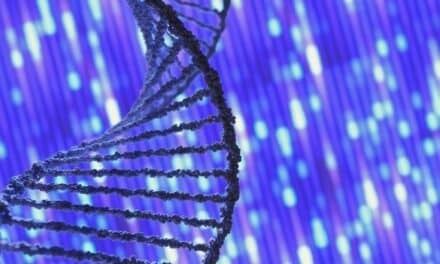QIAGEN Digital Insights (QDI), the bioinformatics business of QIAGEN, unveiled their enhanced QIAGEN CLC Genomics Workbench Premium that removes the data-analysis bottleneck of next-generation sequencing (NGS) via improved analysis speed to help analyze and interpret whole genome sequencing (WGS), whole exome sequencing (WES), and large panel sequencing data.
The update to QIAGEN CLC Genomics Workbench Premium incorporates a software accelerator that converts raw sequencing data in FASTQ files from any paired-end short read sequencing platform into interpretable lists of genetic variants in the VCF format. It can analyze an entire human genome at 34x coverage on an ordinary computer in just 25 minutes and a 50x whole exome in 90 seconds within standard cloud environments.
With QIAGEN CLC LightSpeed software accelerator technology, labs can run WGS analyses for about $1 per genome and WES for less than a few cents per exome using cloud infrastructure, the company says. Alternatively, labs can efficiently run the QIAGEN CLC LightSpeed technology on existing local hardware with similar performance.
“QIAGEN CLC Genomics Workbench Premium is much faster, more accurate, greener and cheaper than previous data-analysis and visualization solutions,” says Jonathan Sheldon, PhD, senior vice president of QIAGEN Digital Insights. “Thanks to LightSpeed’s ground-breaking technology, WGS analysis is extremely fast, beats most other FASTQ to VCF workflows on accuracy, uses less power and requires no investments in new hardware or software licenses beyond CLC.”
QIAGEN Digital Insights’ investment in the LightSpeed technology is ideally suited to NGS areas such as neonatal screening for hereditary diseases or large population-genomics studies in which speed and cost are priorities. This enhancement in CLC Genomics secondary analysis software demonstrates QIAGEN’s continued leadership and commitment to targeted growth areas, including WGS and WES.
“LightSpeed will allow QDI to maintain its leadership position in data analysis as the market moves away from analyzing a few hundred selected genes to comprehensive genetic testing,” says Sheldon. “Its cost and time efficiency gives high-throughput NGS sequencing laboratories the chance to use the technology widely for clinical and research clients. The quicker unwanted mutations are spotted, the sooner associated diseases can be identified and treated.”
QIAGEN Digital Insights’ licensing models enable laboratories to analyze WGS and WES samples in parallel.





